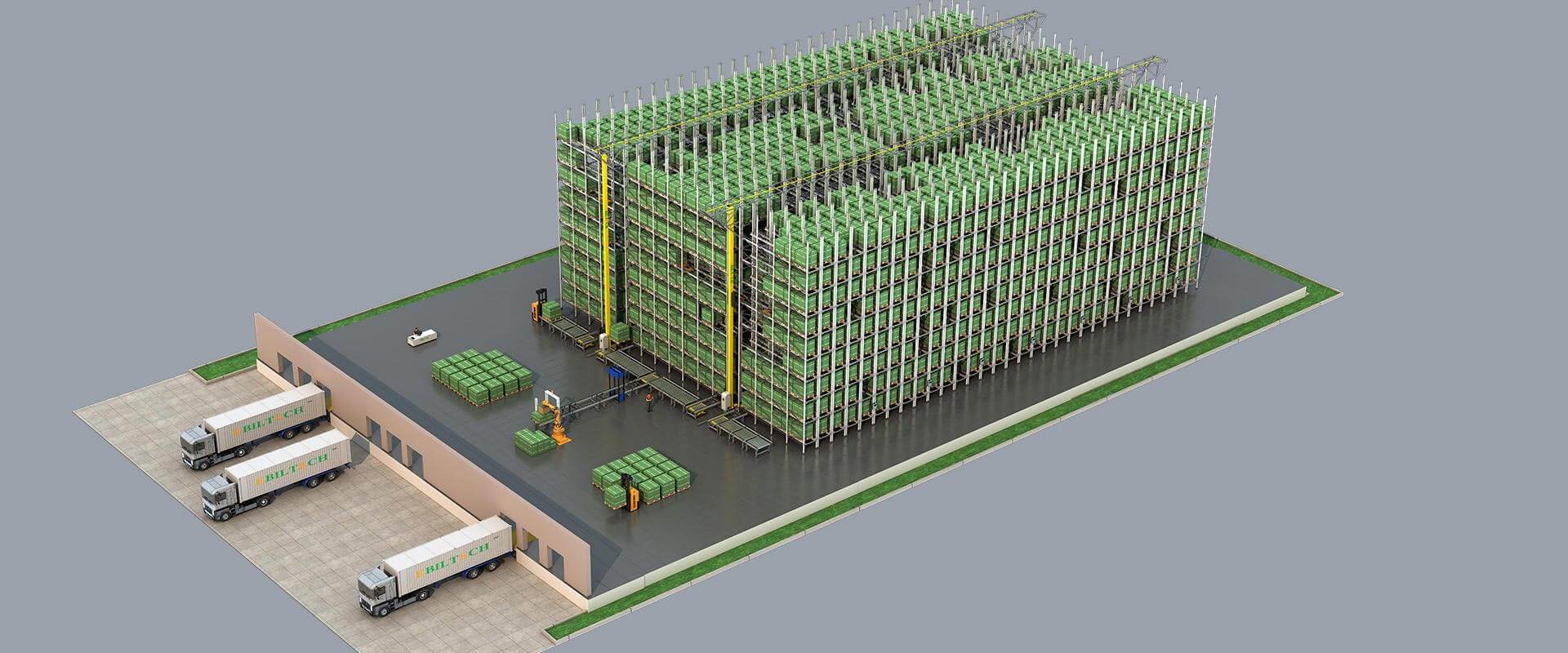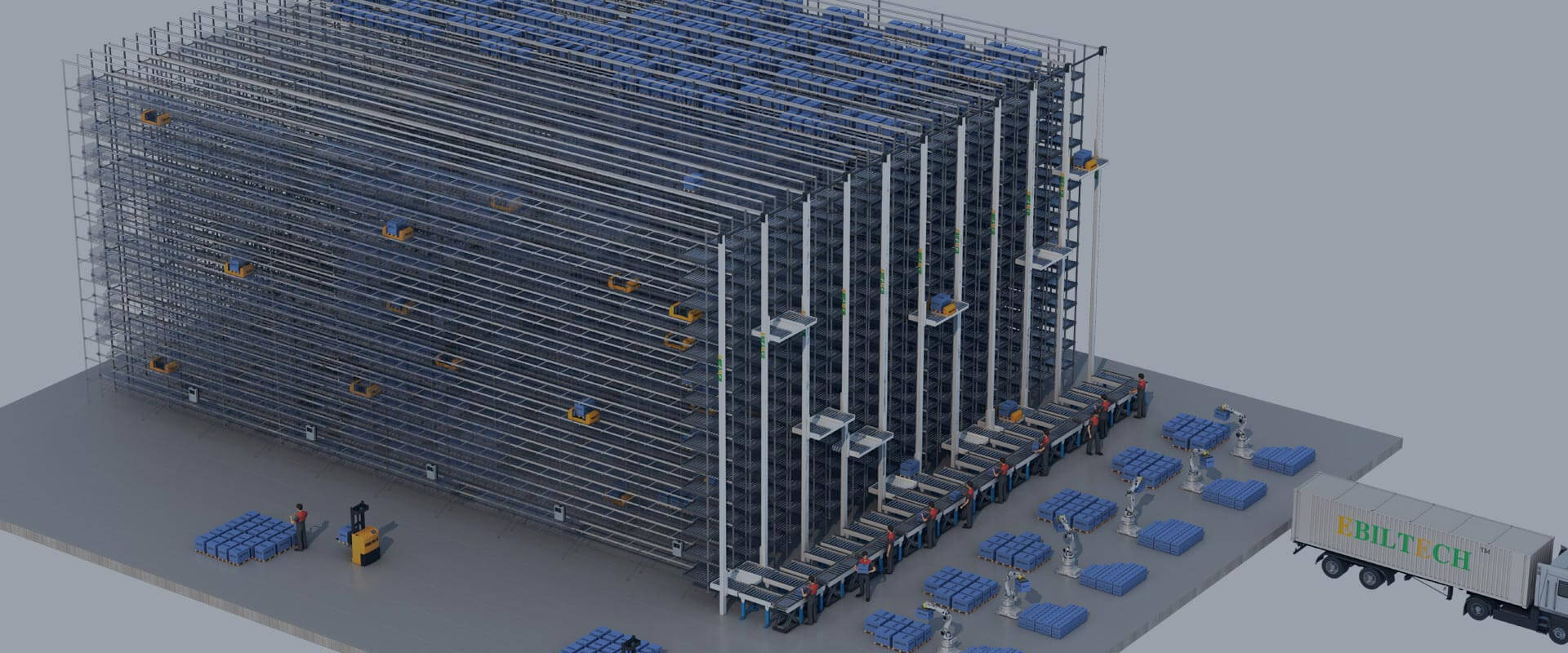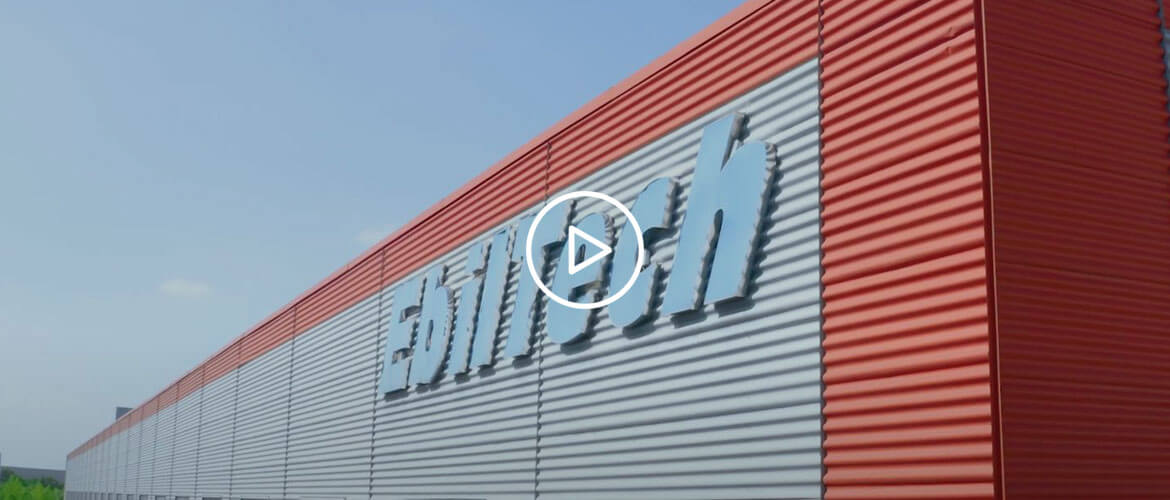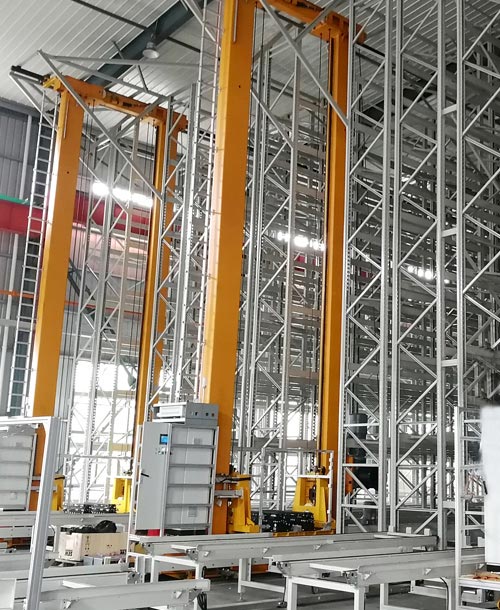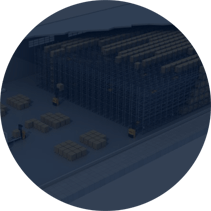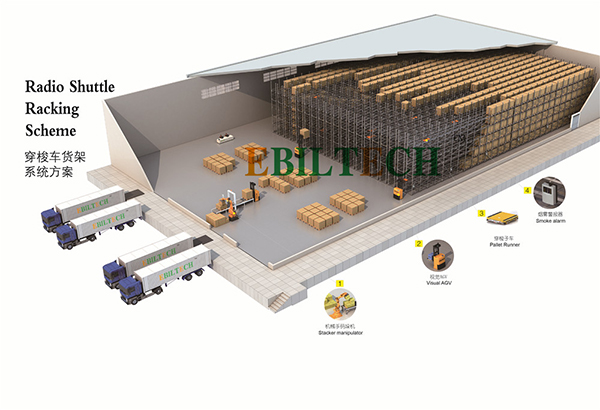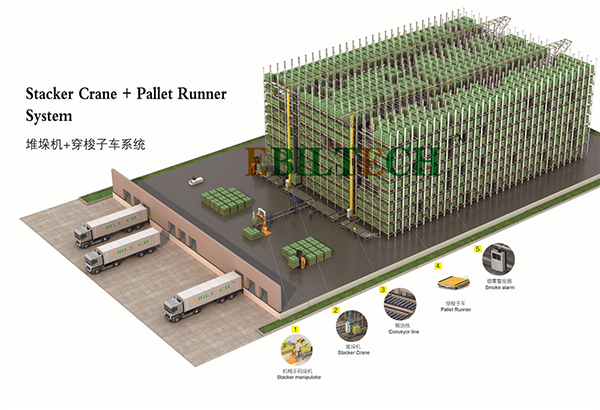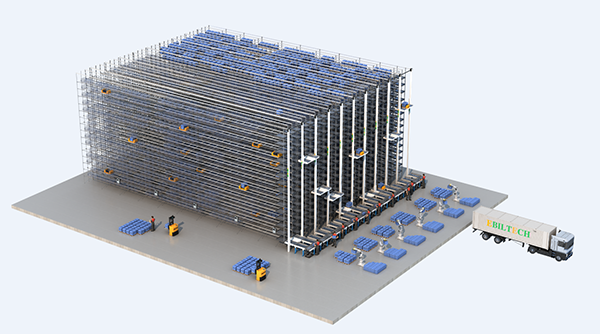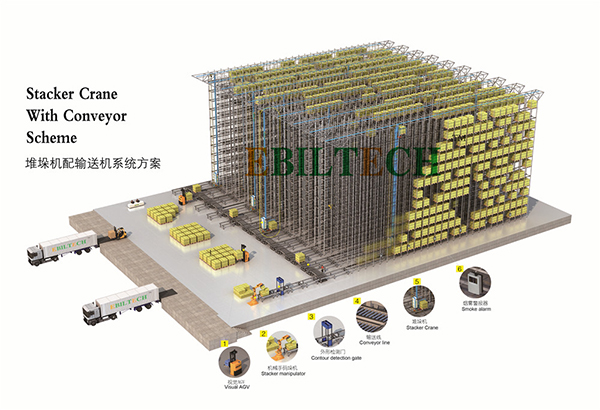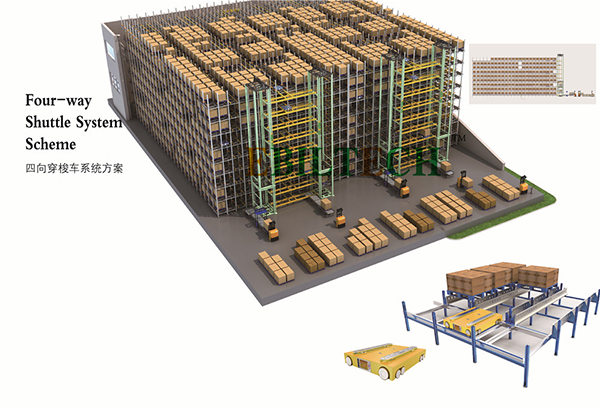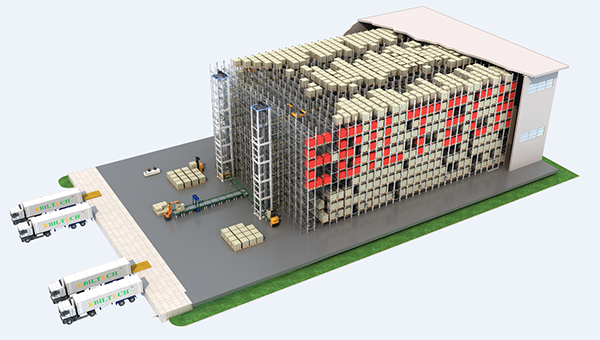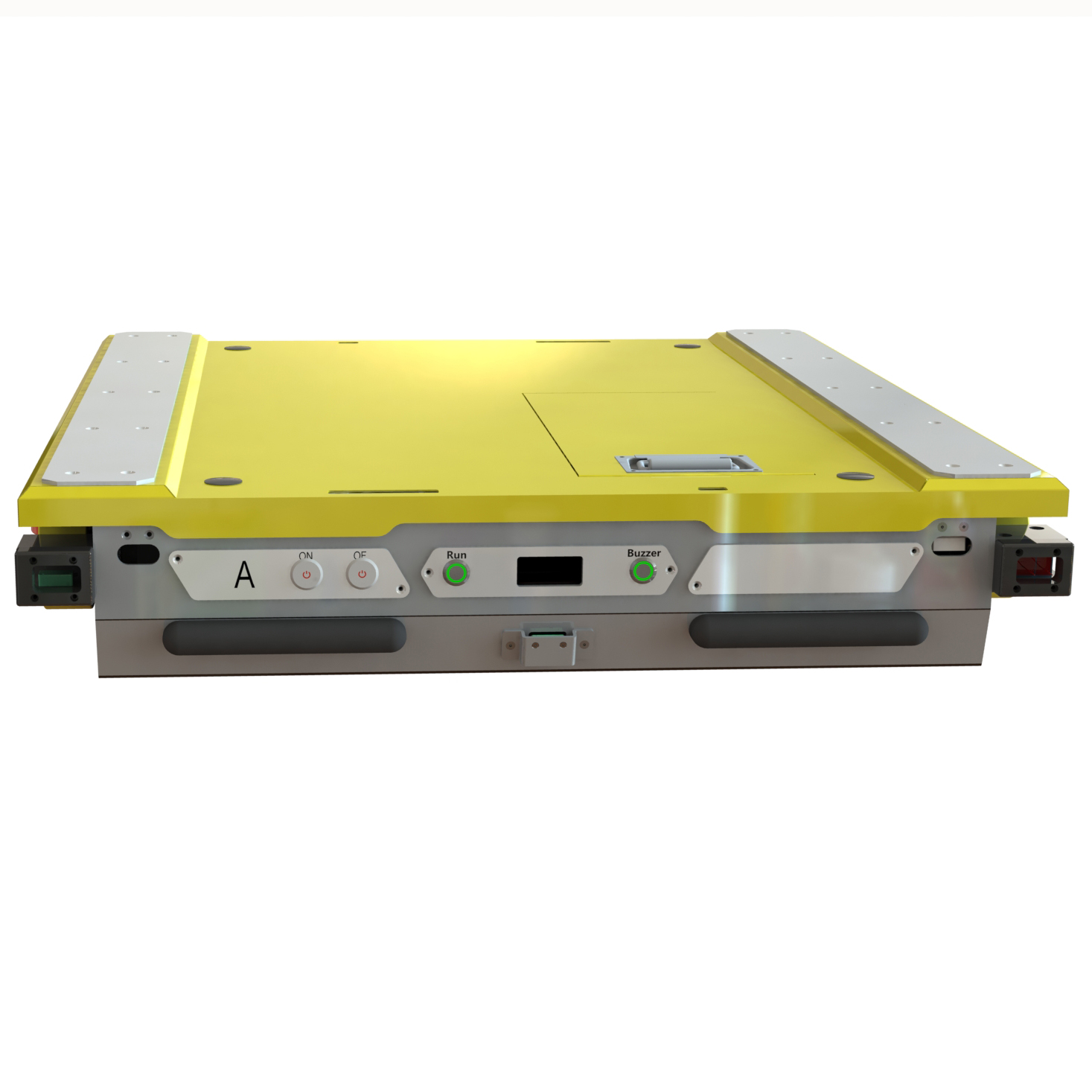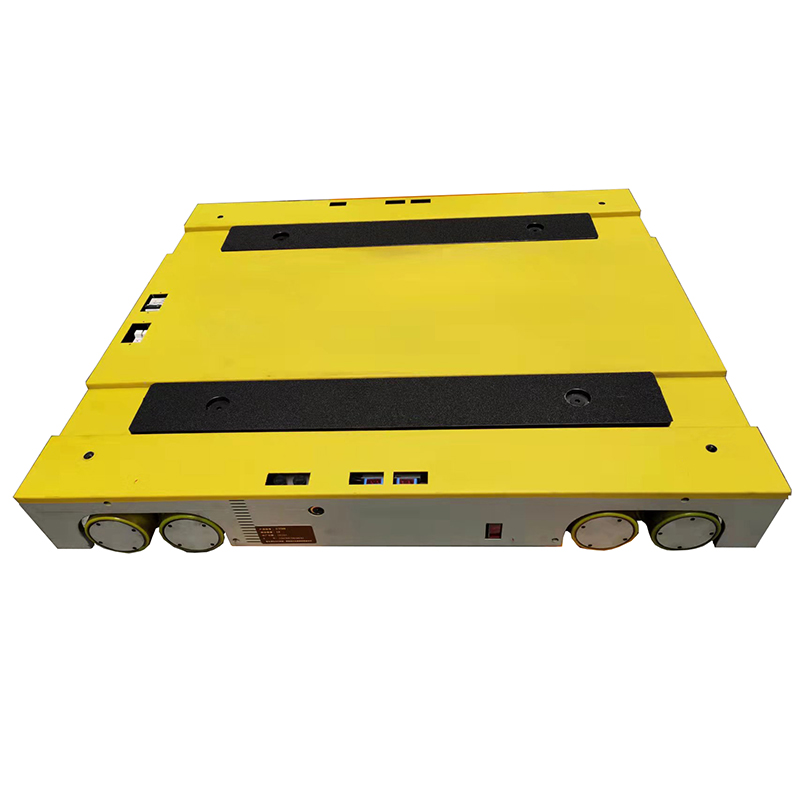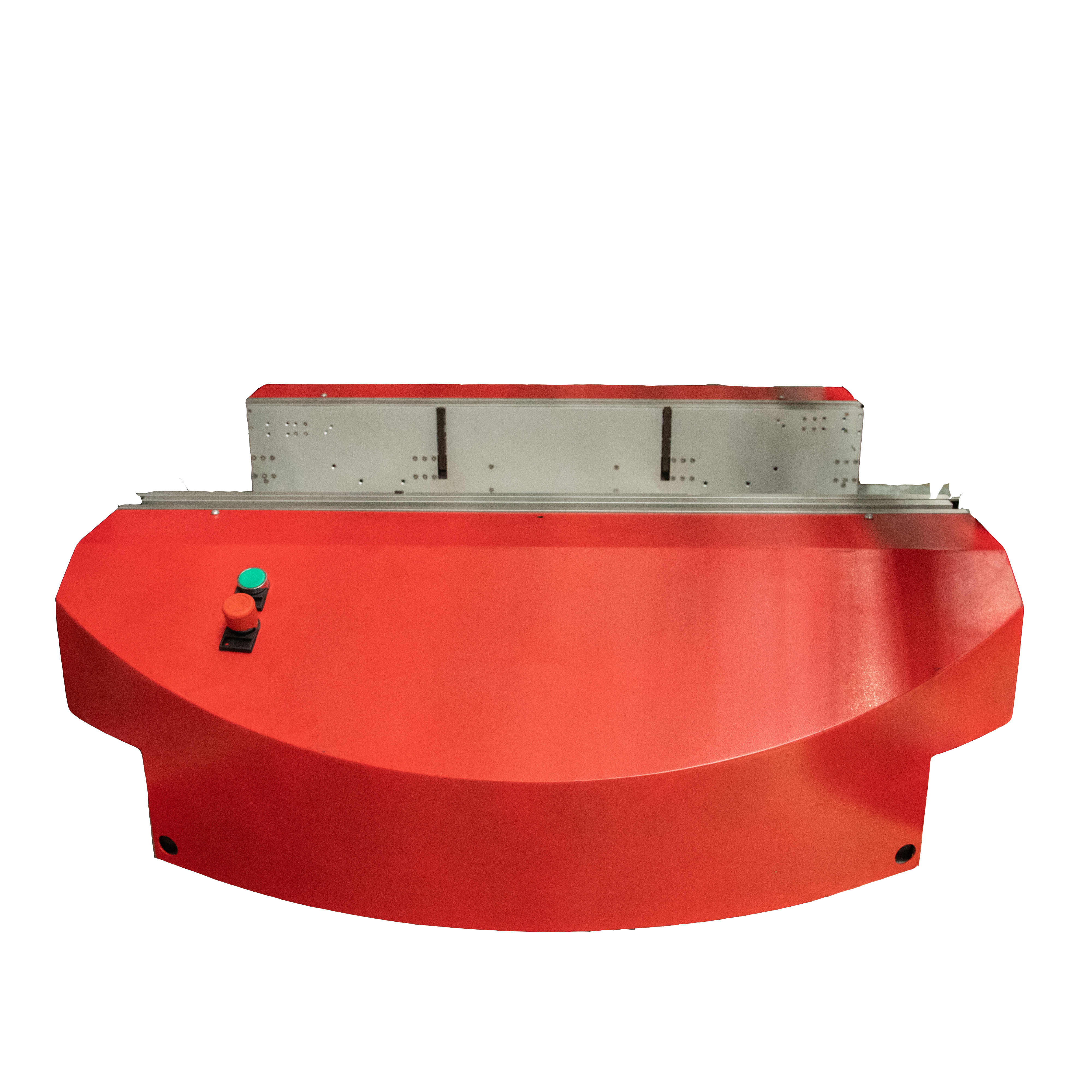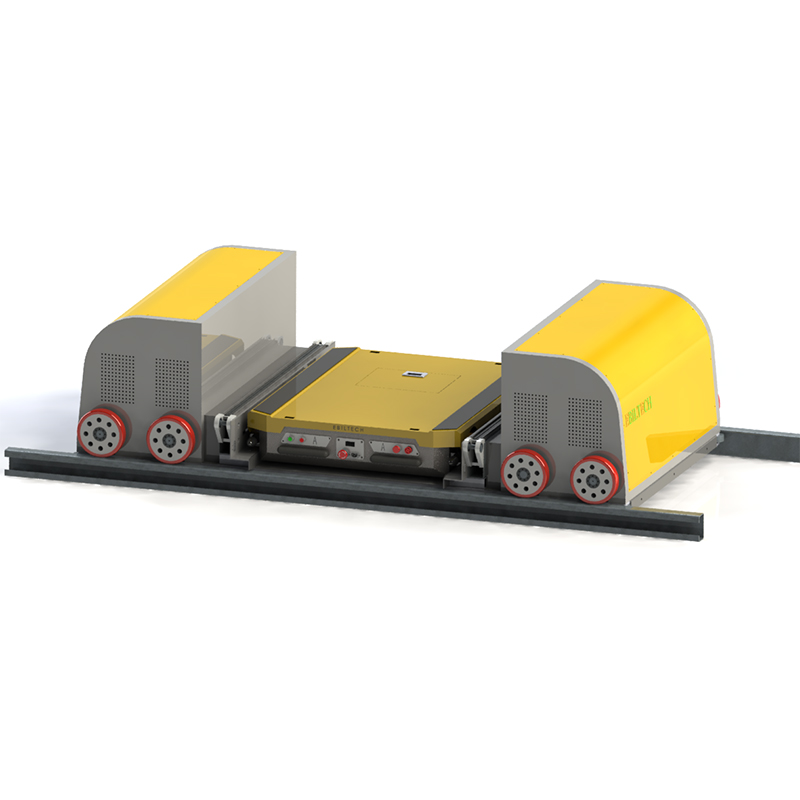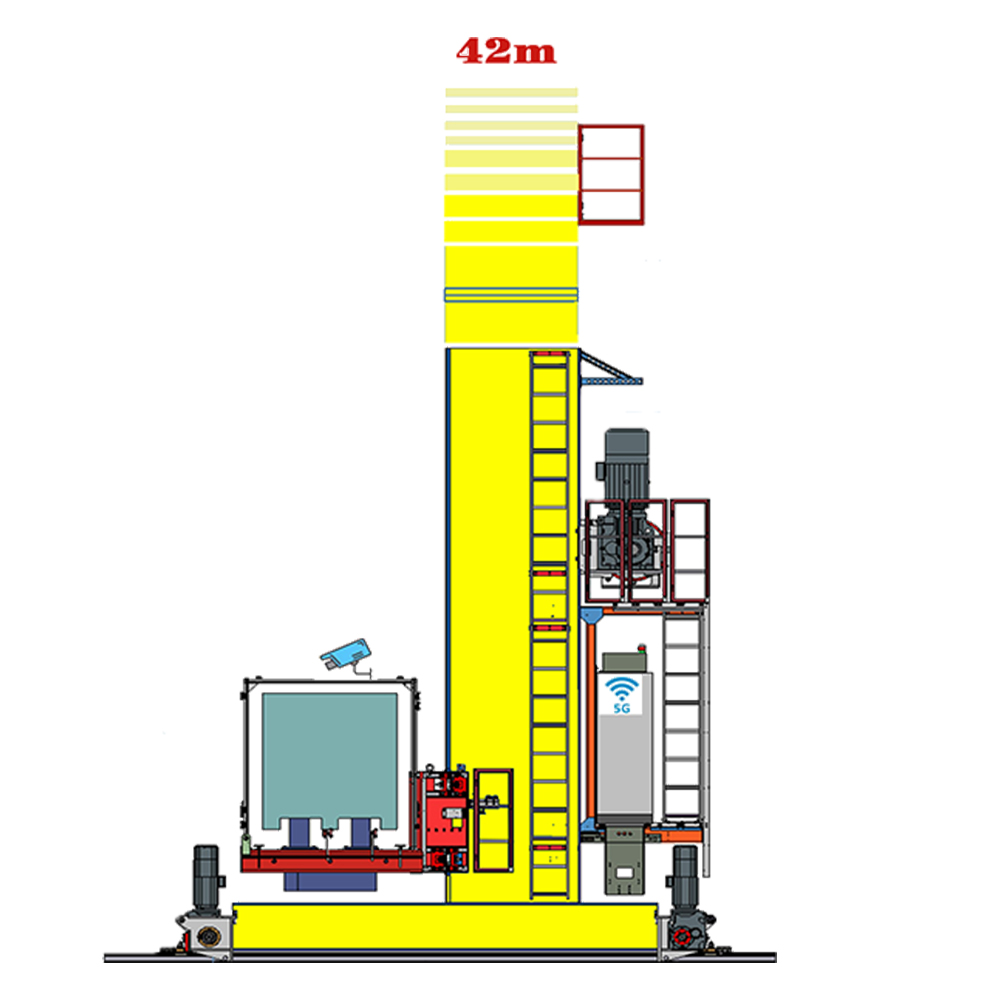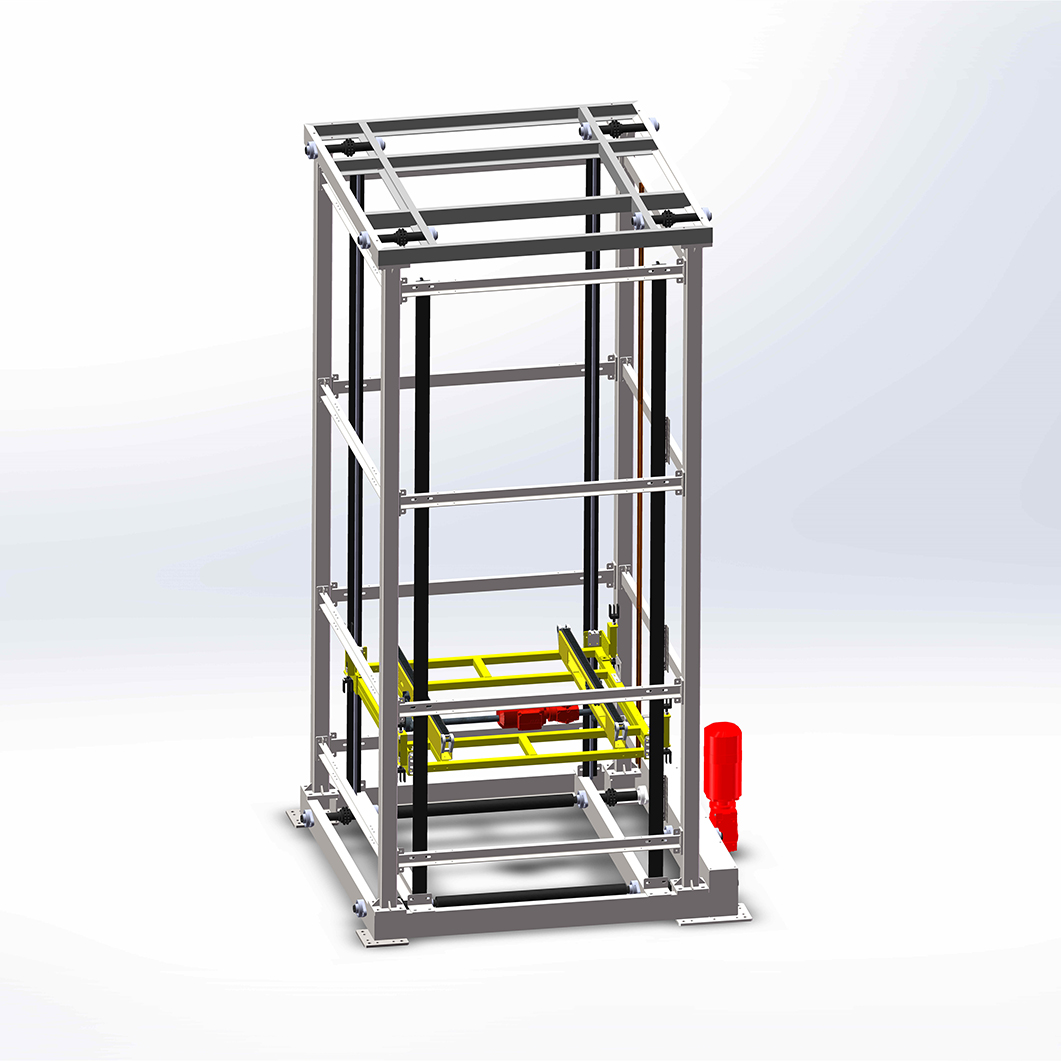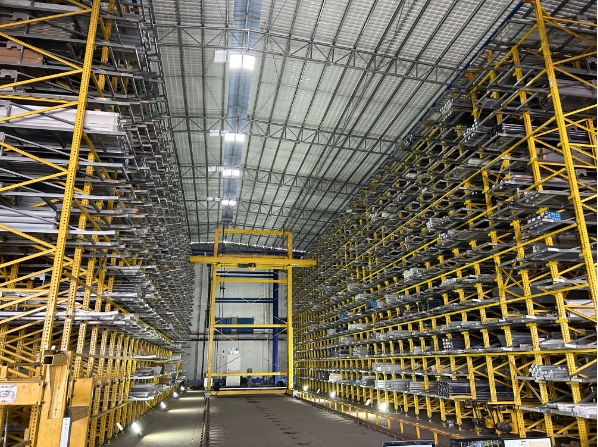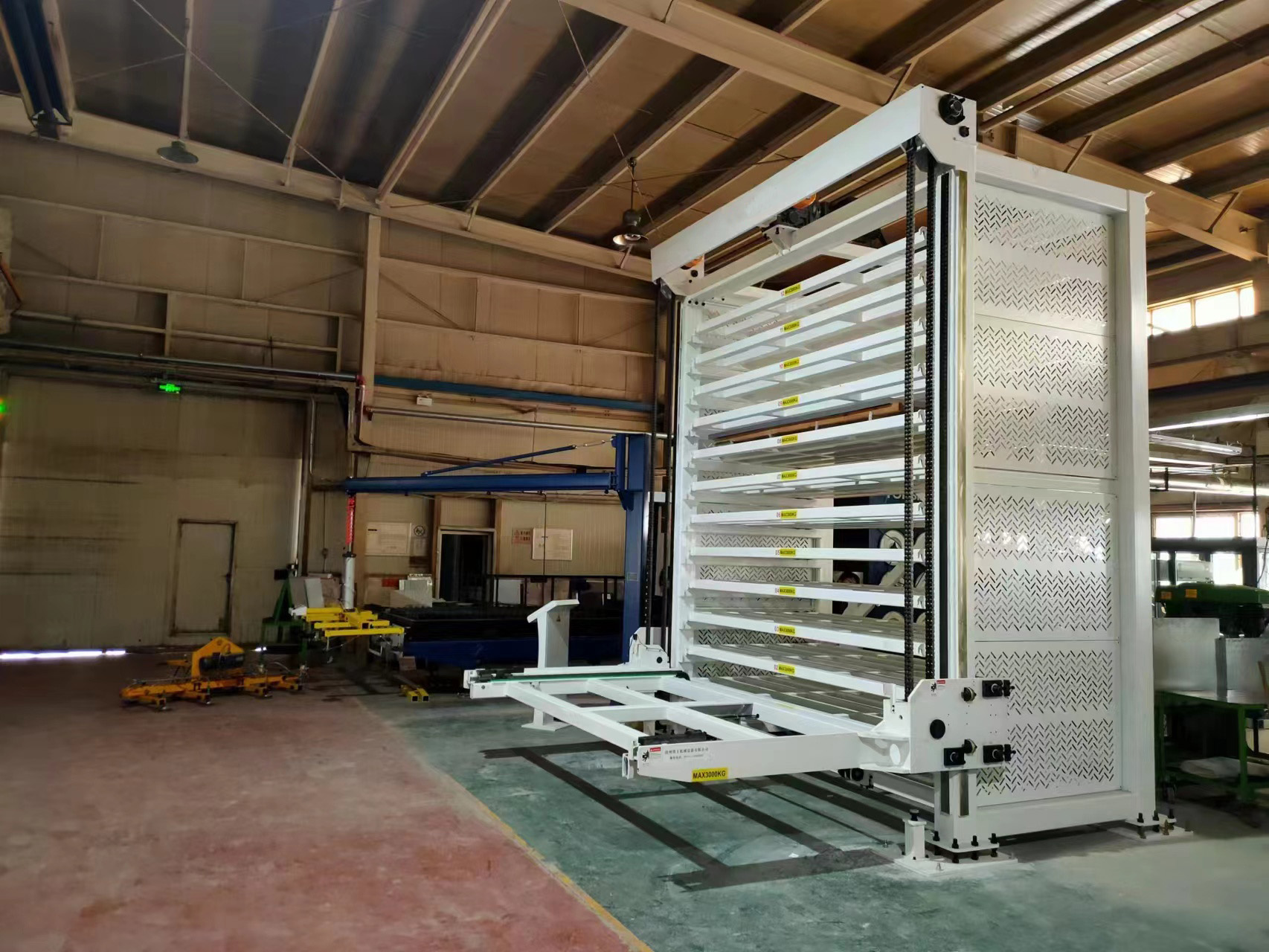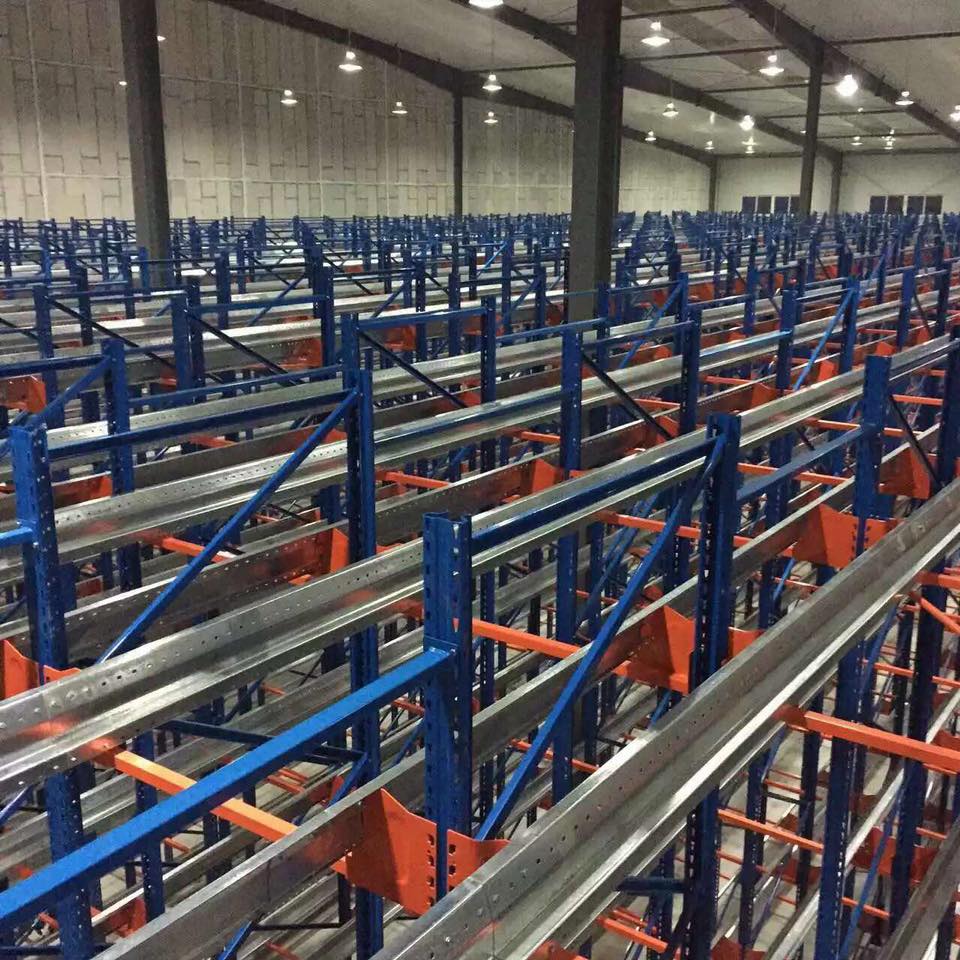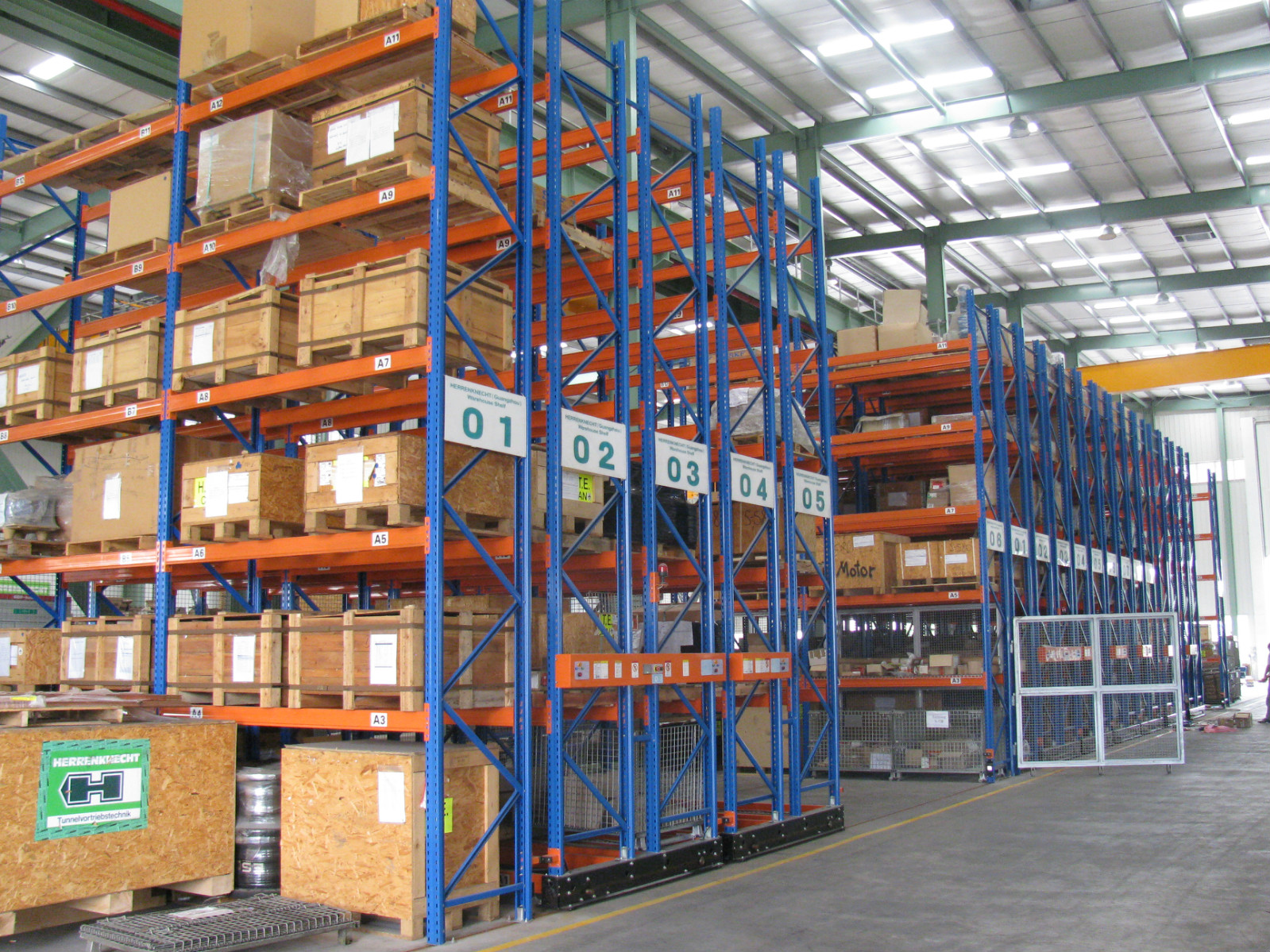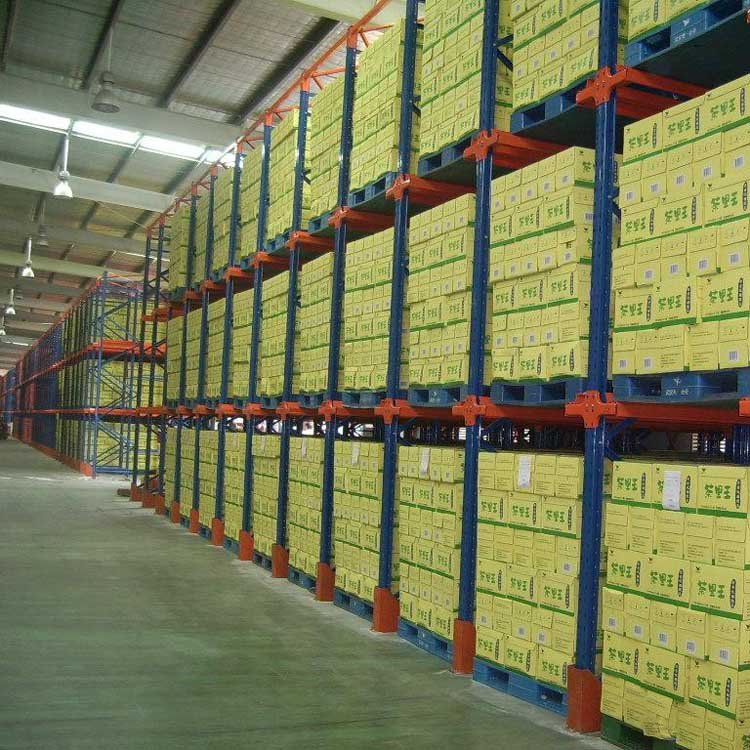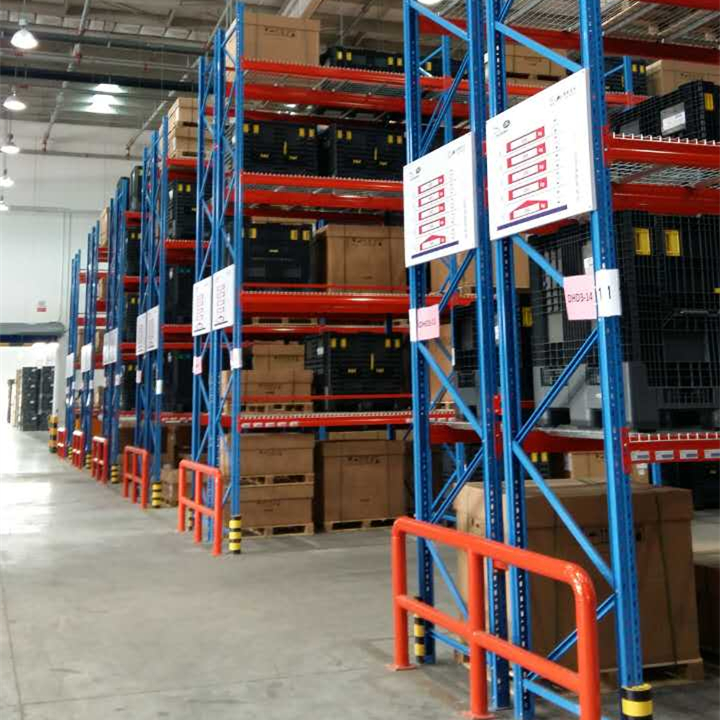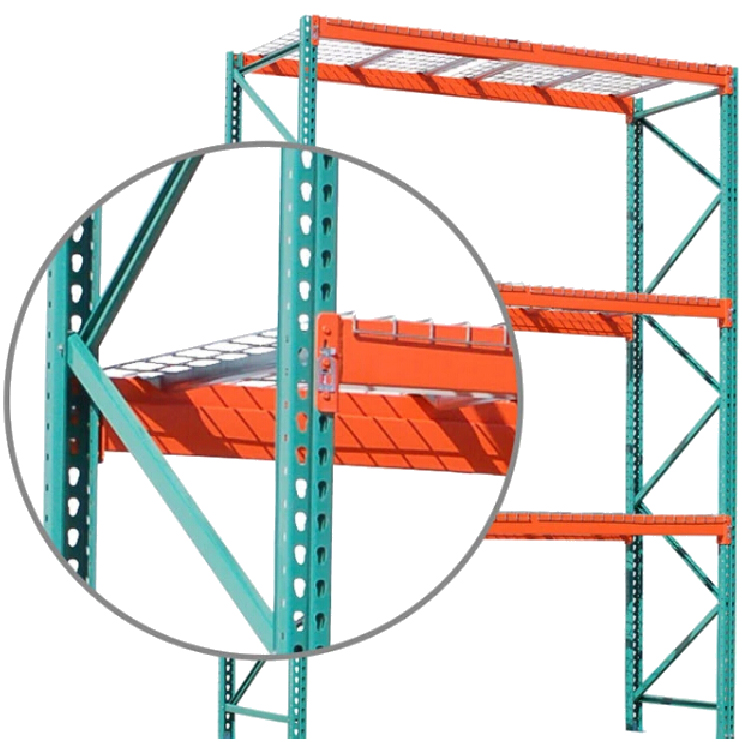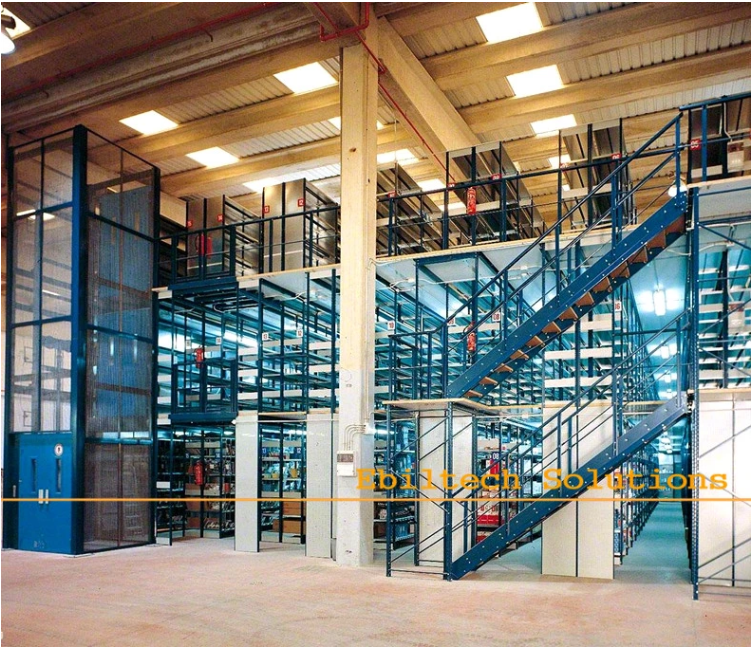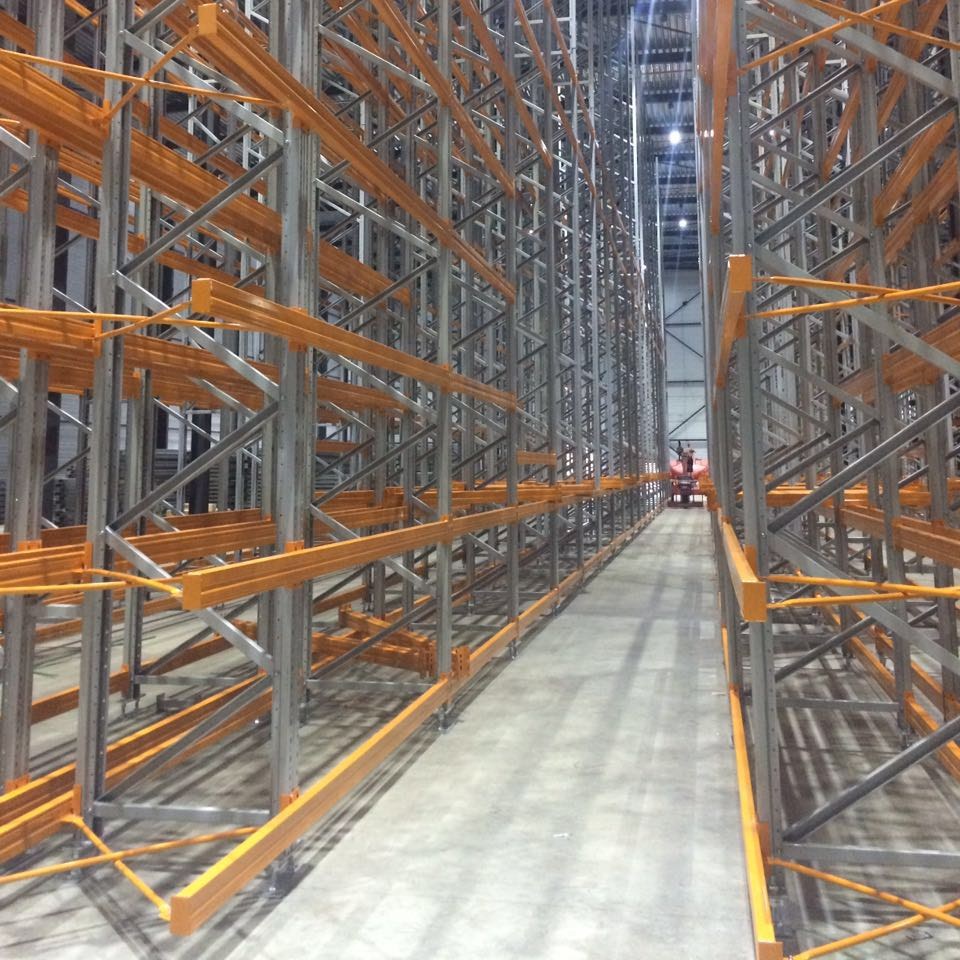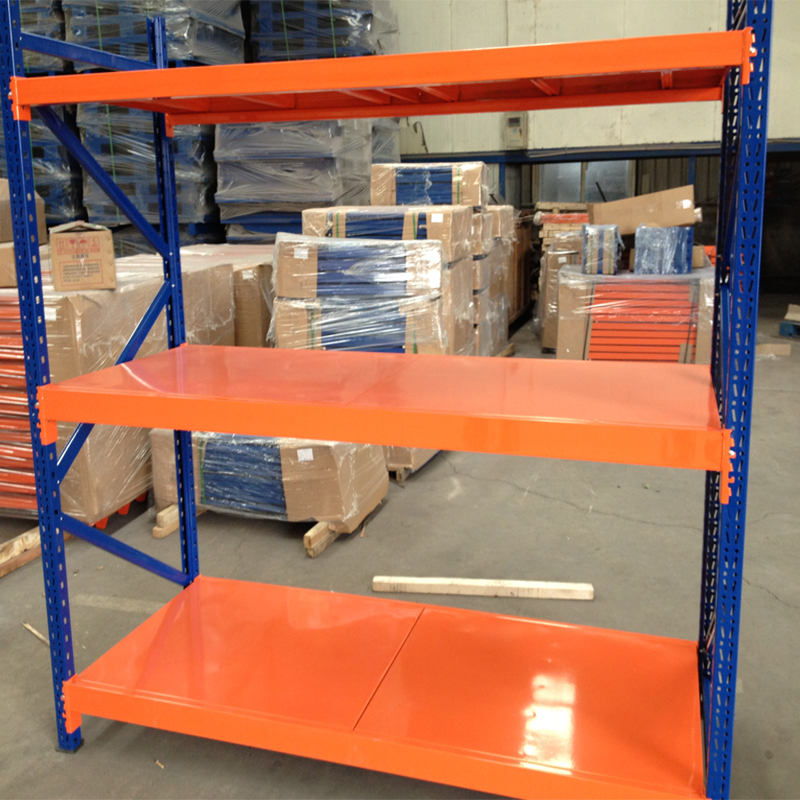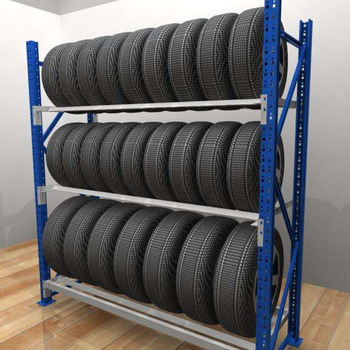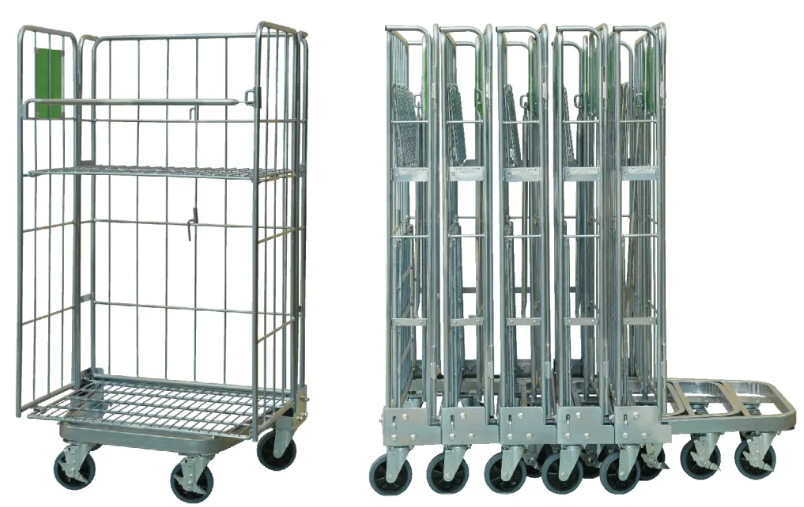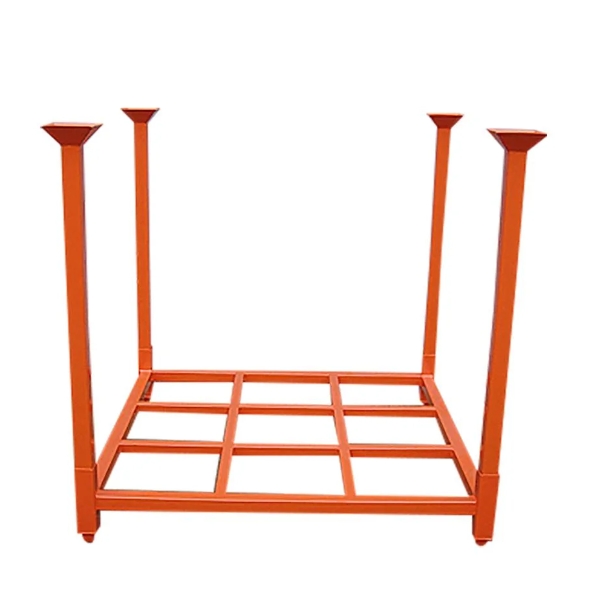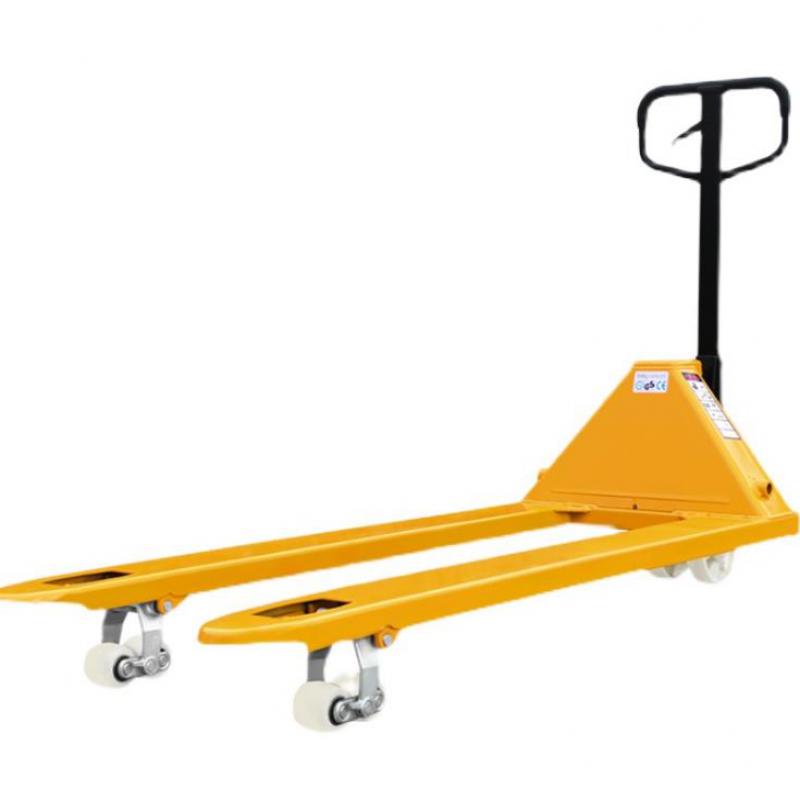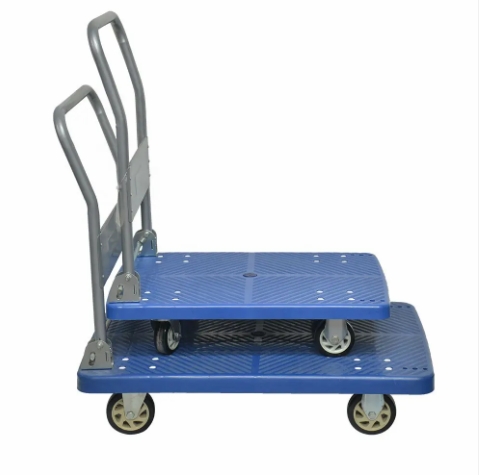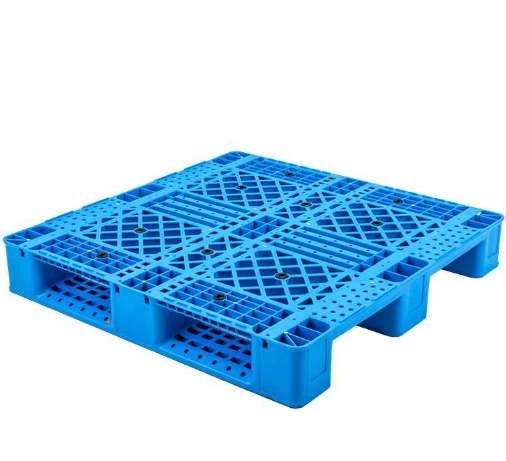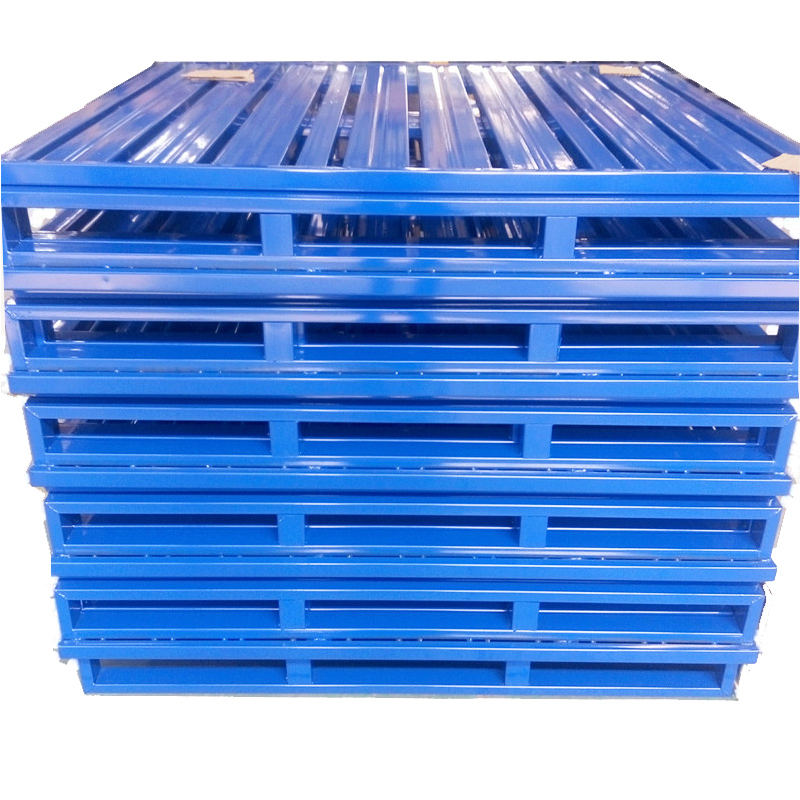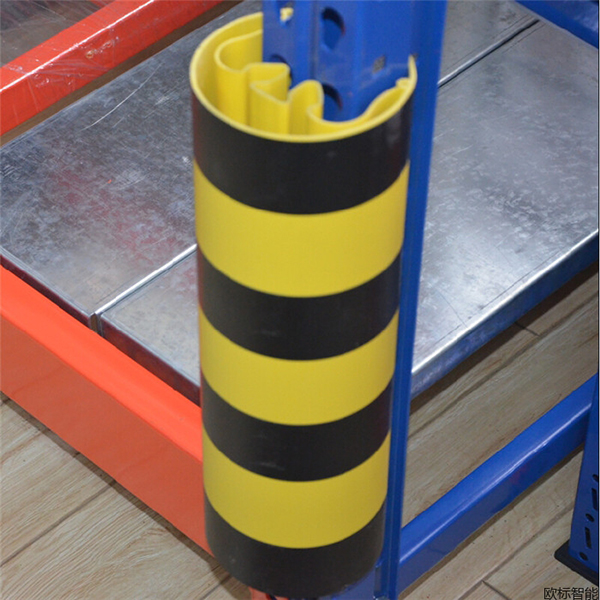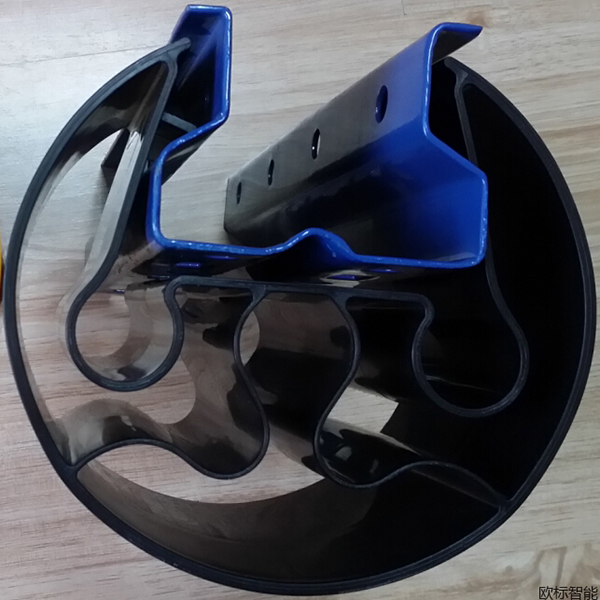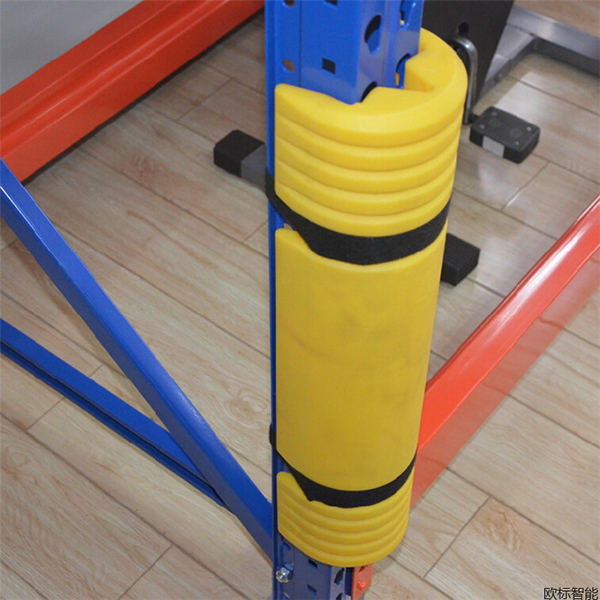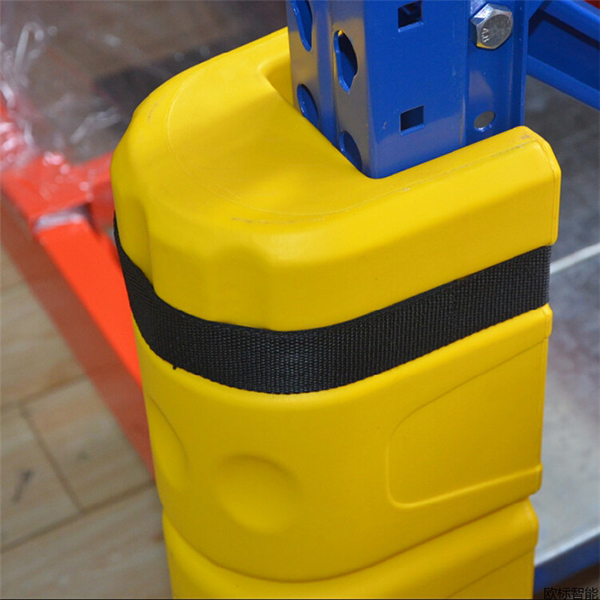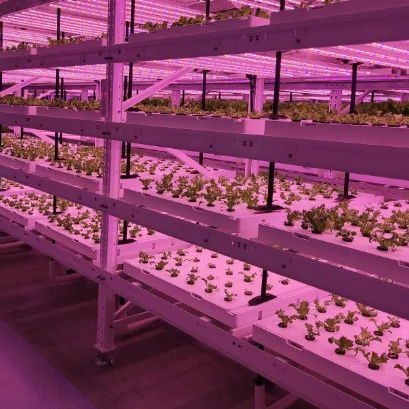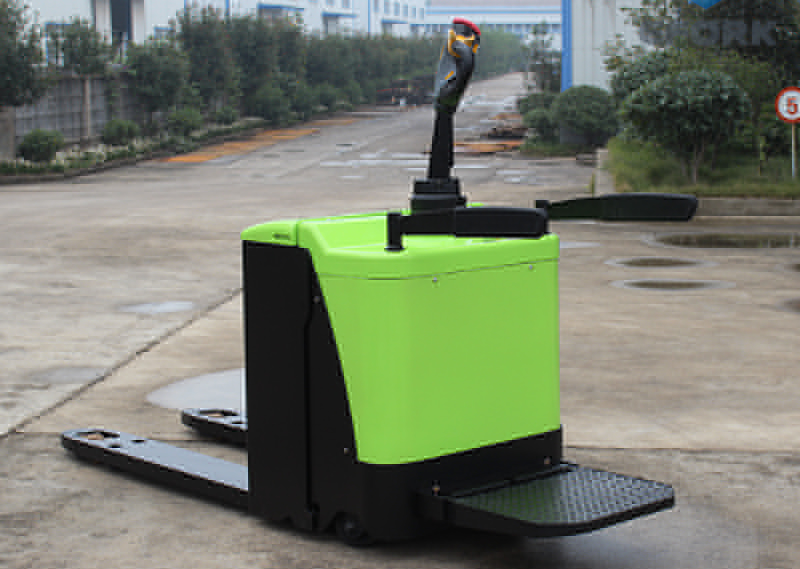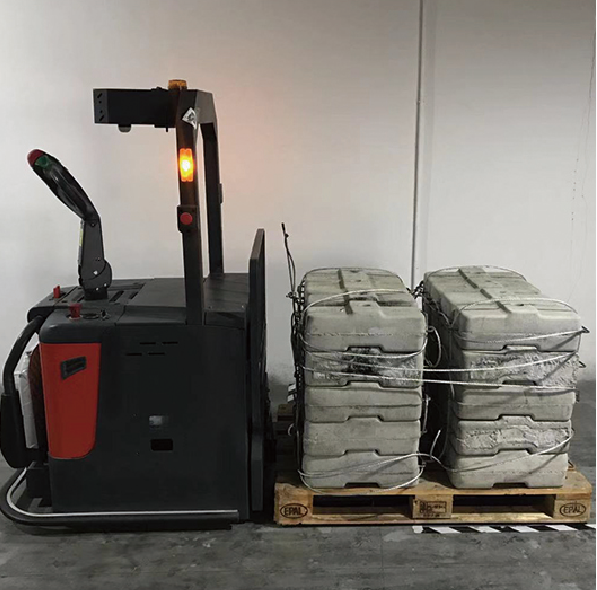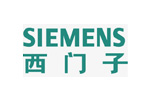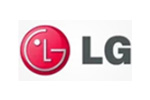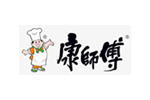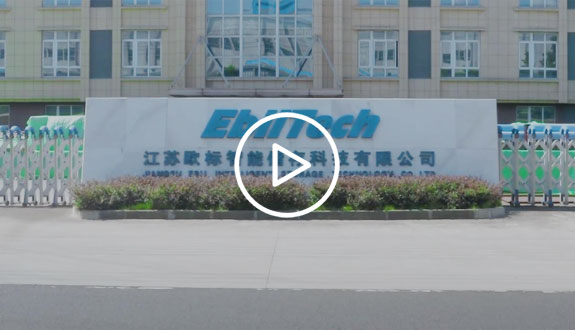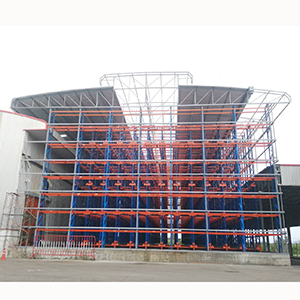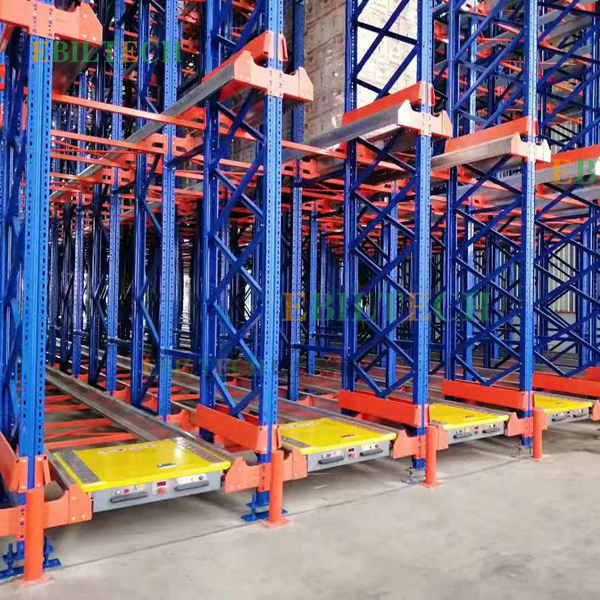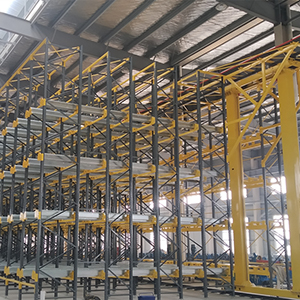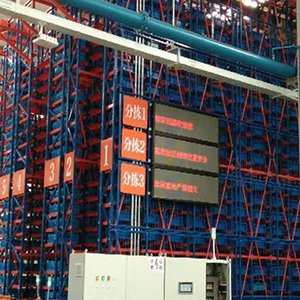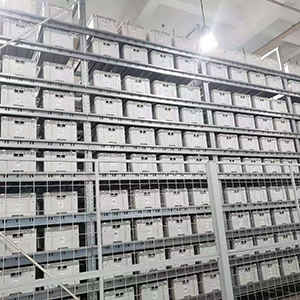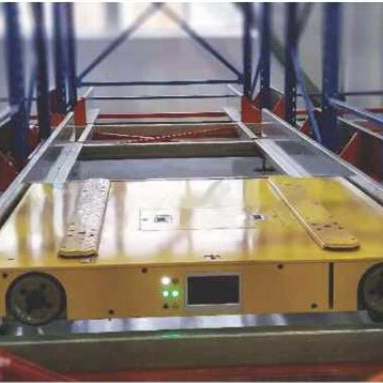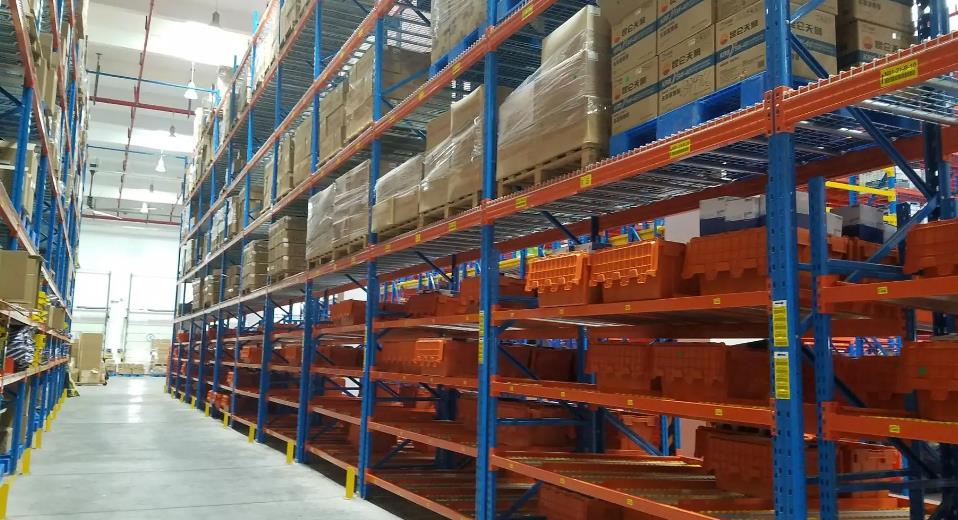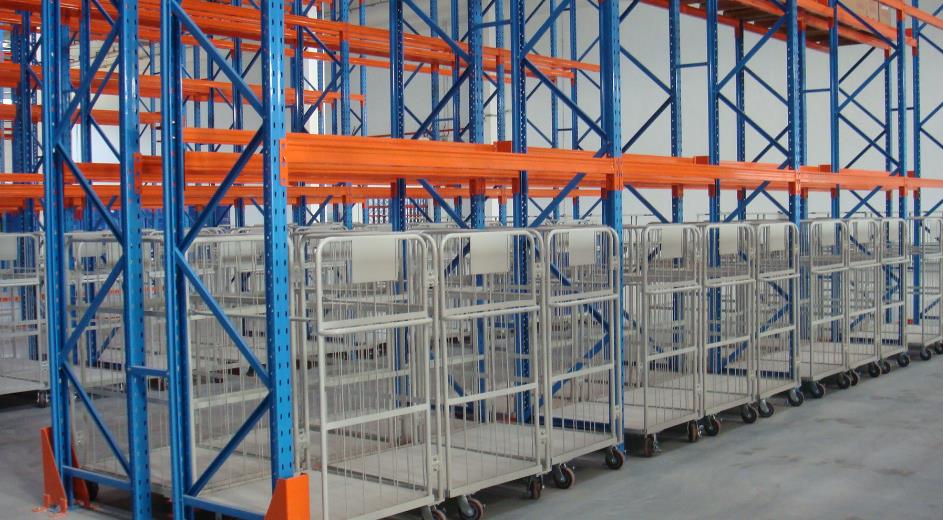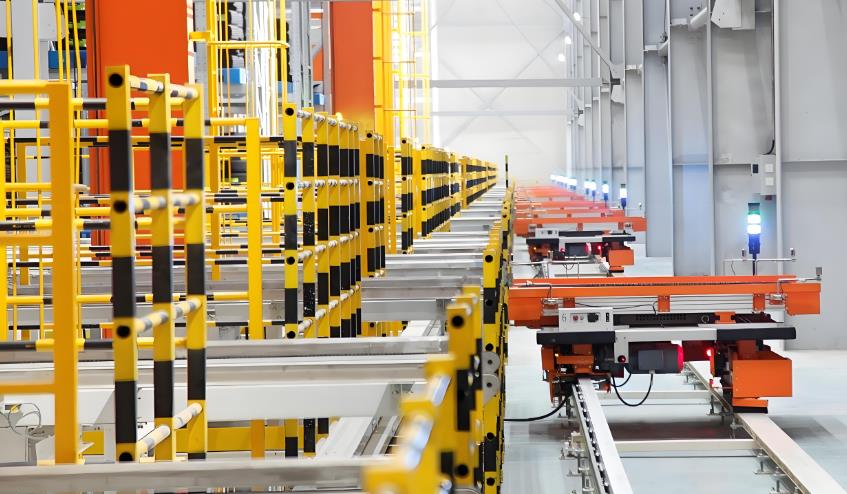- Home
- About Us
- Products
- Automated Storage & Retrieval Systems
- Automation Equipment Series
- Two Way Radio Shuttle
- Four-way Shuttle
- Multi-deck Shuttle carrier
- Mother-Child Shuttle
- Stacker Crane
- Cargo Elevator
- Ring-type RGV shuttle
- Heavy-duty traverse type RGV shuttle
- Box chain conveyor
- Carton turntable conveyor
- Pallet chain conveyor
- Carton Jack-up conveyor
- Straight line RGV shuttle
- Belt conveyors
- Box roller conveyor
- Automatic sorting system
- Pallet stacker dispenser
- Conveyor system
- Pallet dispenser
- Pallet roller conveyor
- Pallet Jack-up conveyor
- Palletizer
- Pallet turntable conveyor
- High Intensive Racking
- Long Material Racks
- Standard Rack Series
- Logistics Supporting Equipment
- Warehouse Protection Series
- The first generation of plastic upright protector
- The Third generation of plastic upright protector
- The fourth generationof plastic upright protector
- The fifth generation of plastic upright protector
- The sixth generation of plastic upright protector
- Protective Bollards
- Guardrail
- Elastic protective pile
- Goal Post
- Intelligent racking warning light
- Automated Soilless Cultivation
- Forklift Series
- Maint of AS/RS
- Team
- News
- Cases
- Contact Us
- Online Mail
- Home
- About Us
- Products
- Automated Storage & Retrieval Systems
- Automation Equipment Series
- Two Way Radio Shuttle
- Four-way Shuttle
- Multi-deck Shuttle carrier
- Mother-Child Shuttle
- Stacker Crane
- Cargo Elevator
- Ring-type RGV shuttle
- Heavy-duty traverse type RGV shuttle
- Box chain conveyor
- Carton turntable conveyor
- Pallet chain conveyor
- Carton Jack-up conveyor
- Straight line RGV shuttle
- Belt conveyors
- Box roller conveyor
- Automatic sorting system
- Pallet stacker dispenser
- Conveyor system
- Pallet dispenser
- Pallet roller conveyor
- Pallet Jack-up conveyor
- Palletizer
- Pallet turntable conveyor
- High Intensive Racking
- Long Material Racks
- Standard Rack Series
- Logistics Supporting Equipment
- Warehouse Protection Series
- The first generation of plastic upright protector
- The Third generation of plastic upright protector
- The fourth generationof plastic upright protector
- The fifth generation of plastic upright protector
- The sixth generation of plastic upright protector
- Protective Bollards
- Guardrail
- Elastic protective pile
- Goal Post
- Intelligent racking warning light
- Automated Soilless Cultivation
- Forklift Series
- Maint of AS/RS
- Team
- News
- Cases
- Contact Us
- Online Mail

